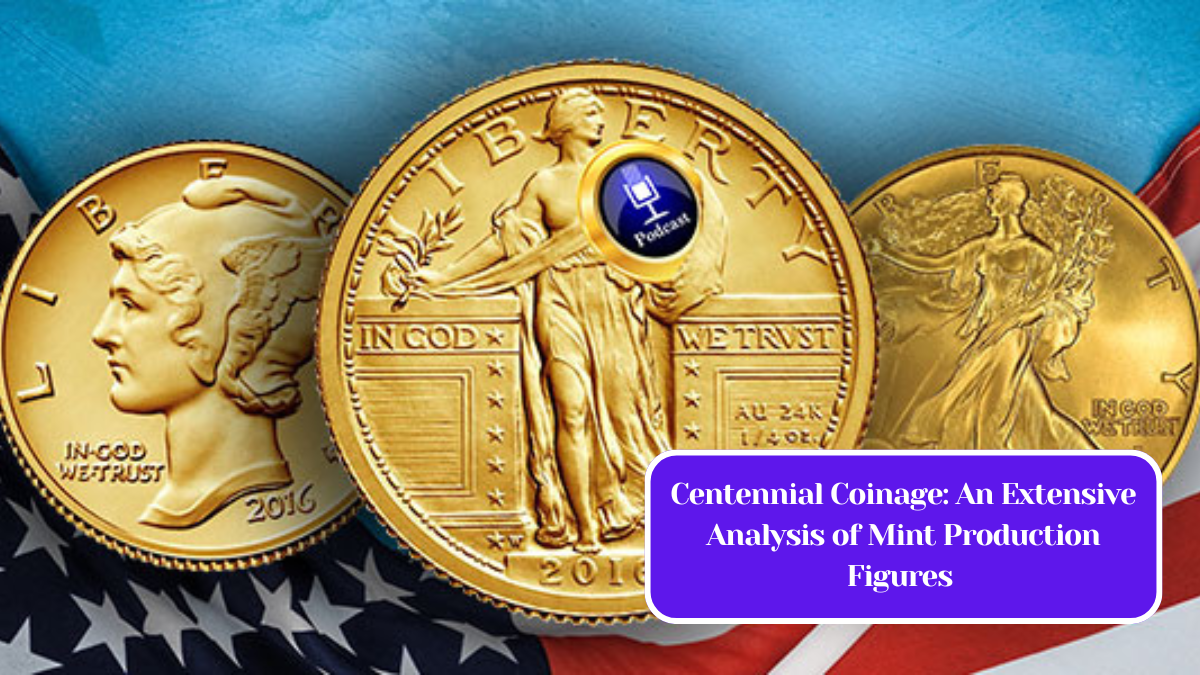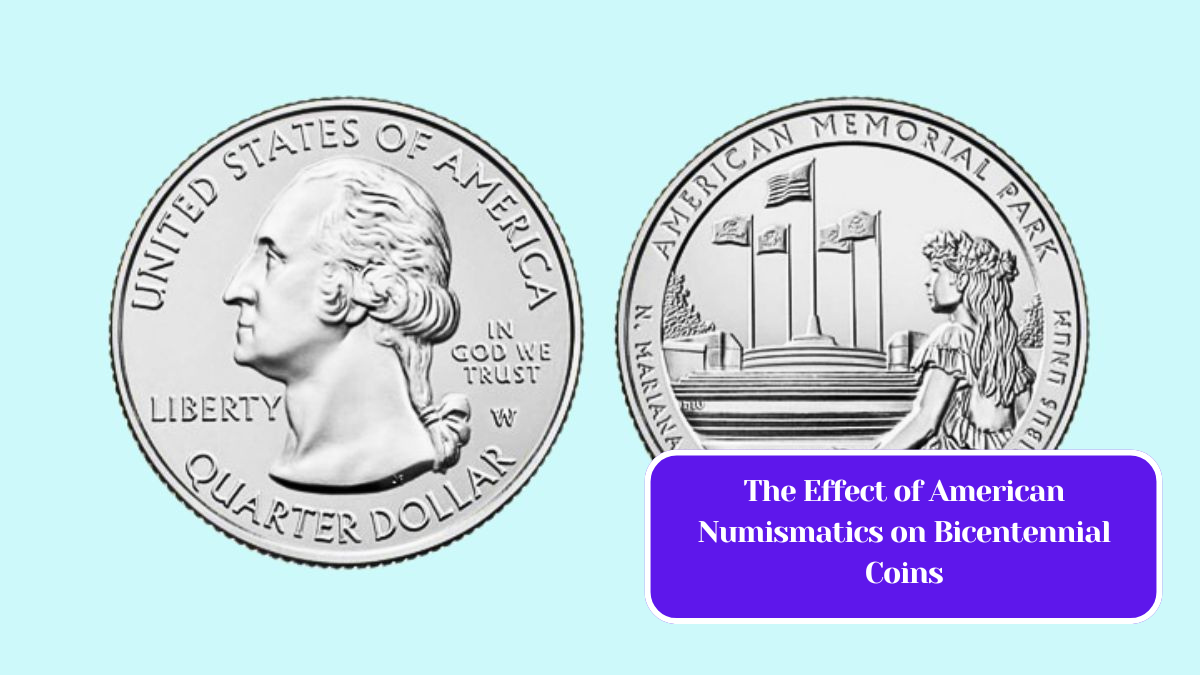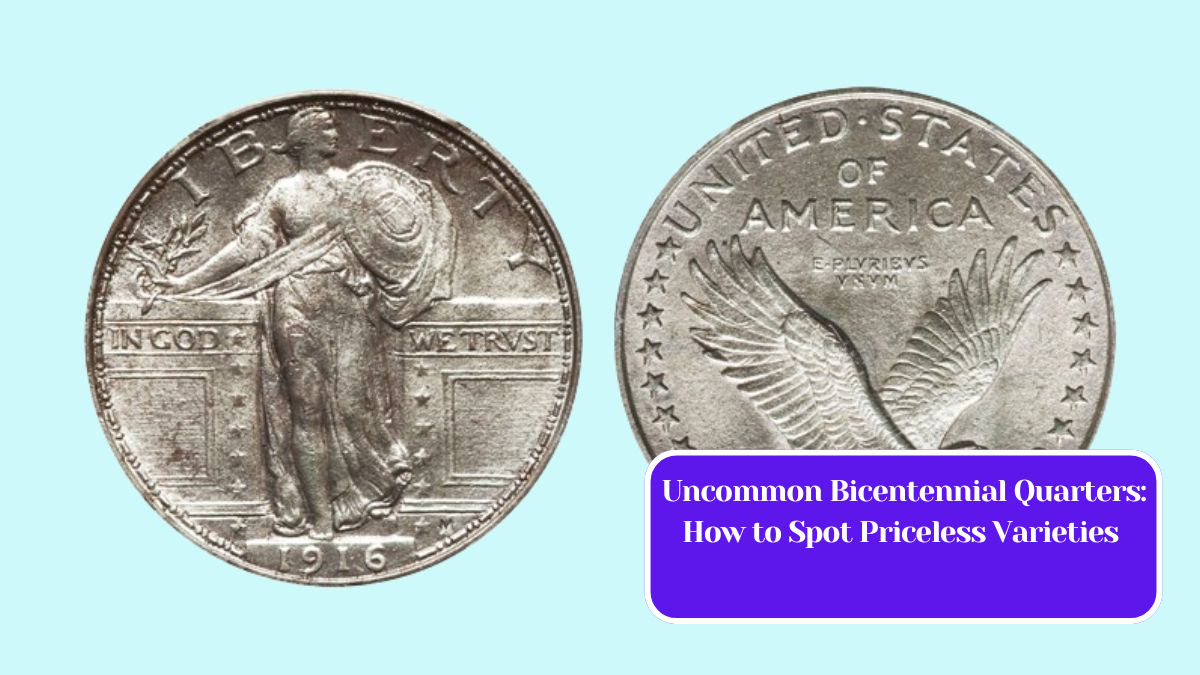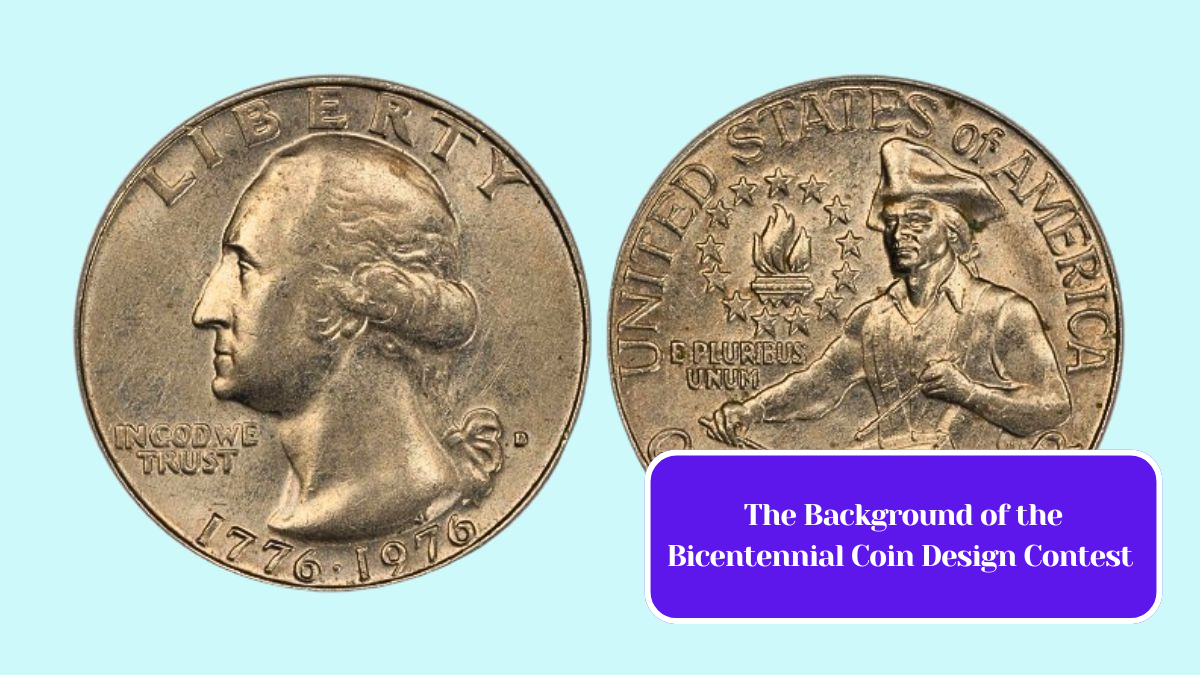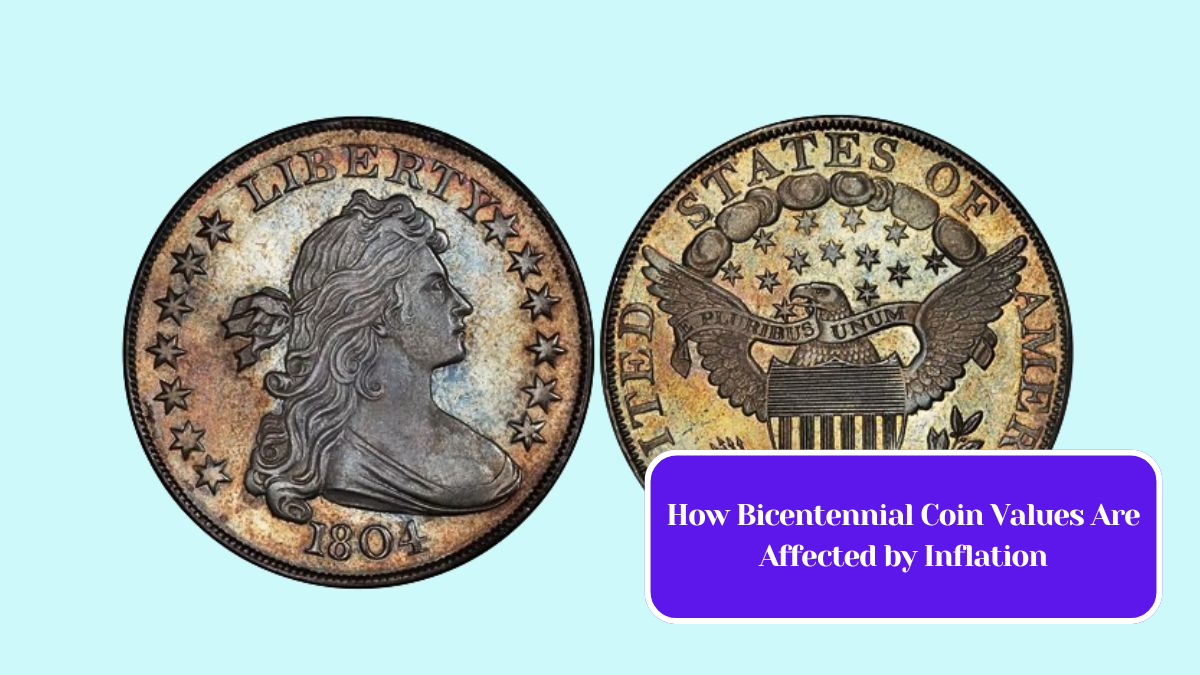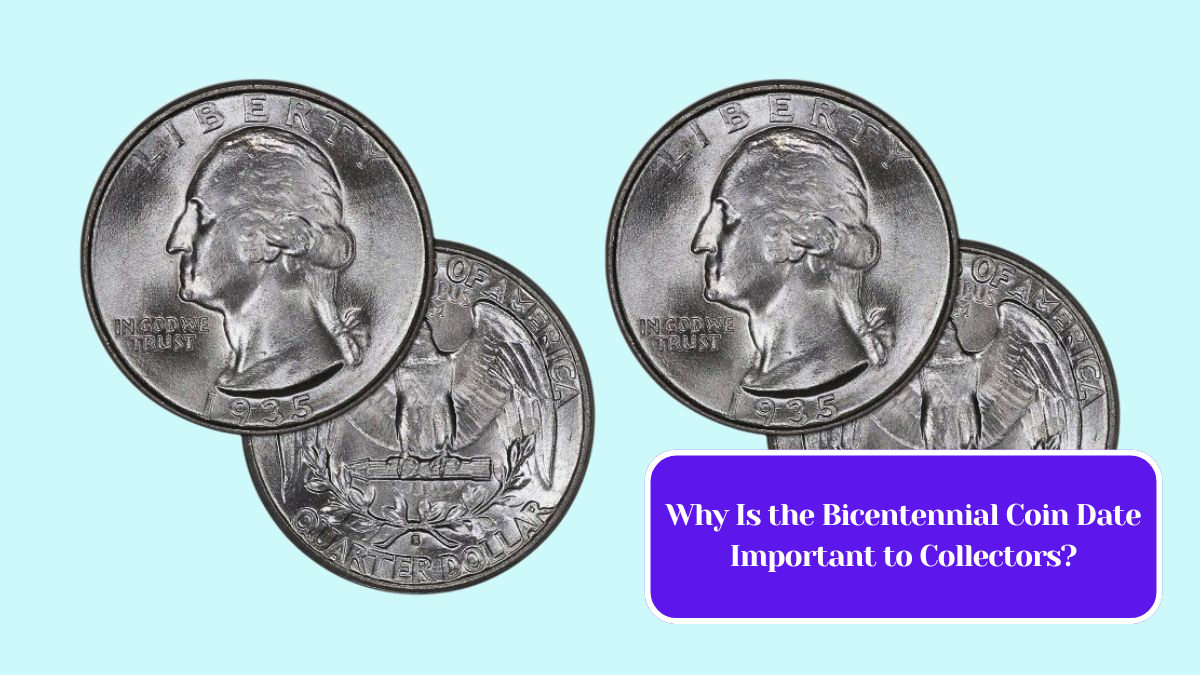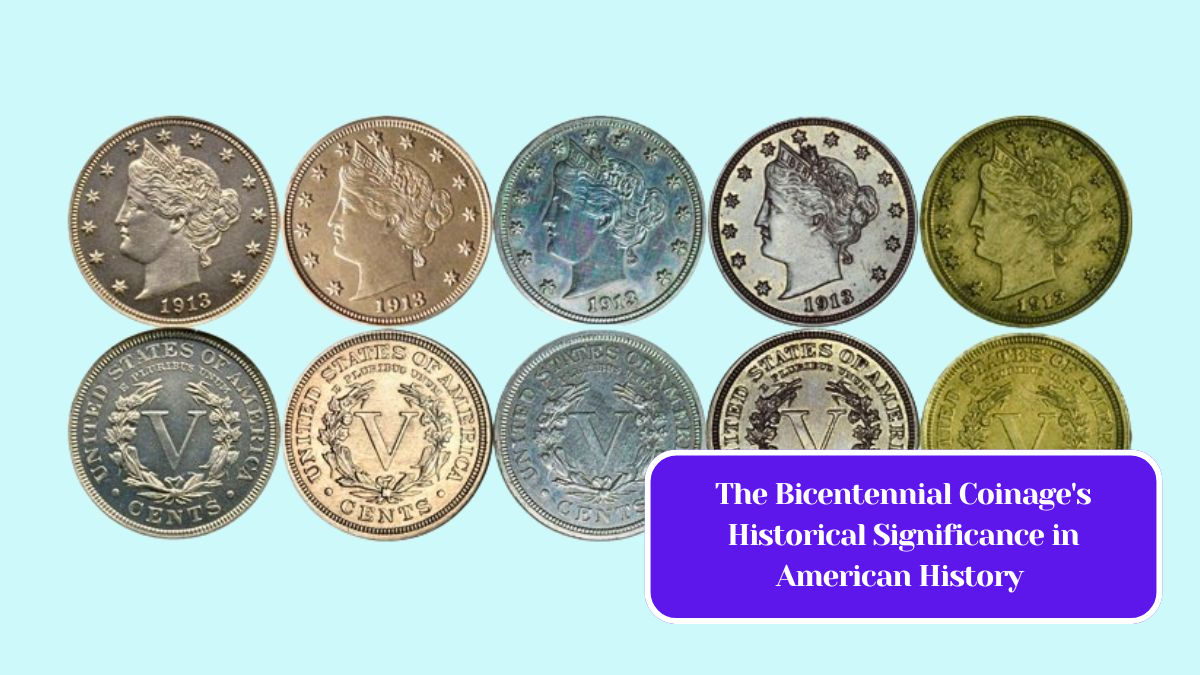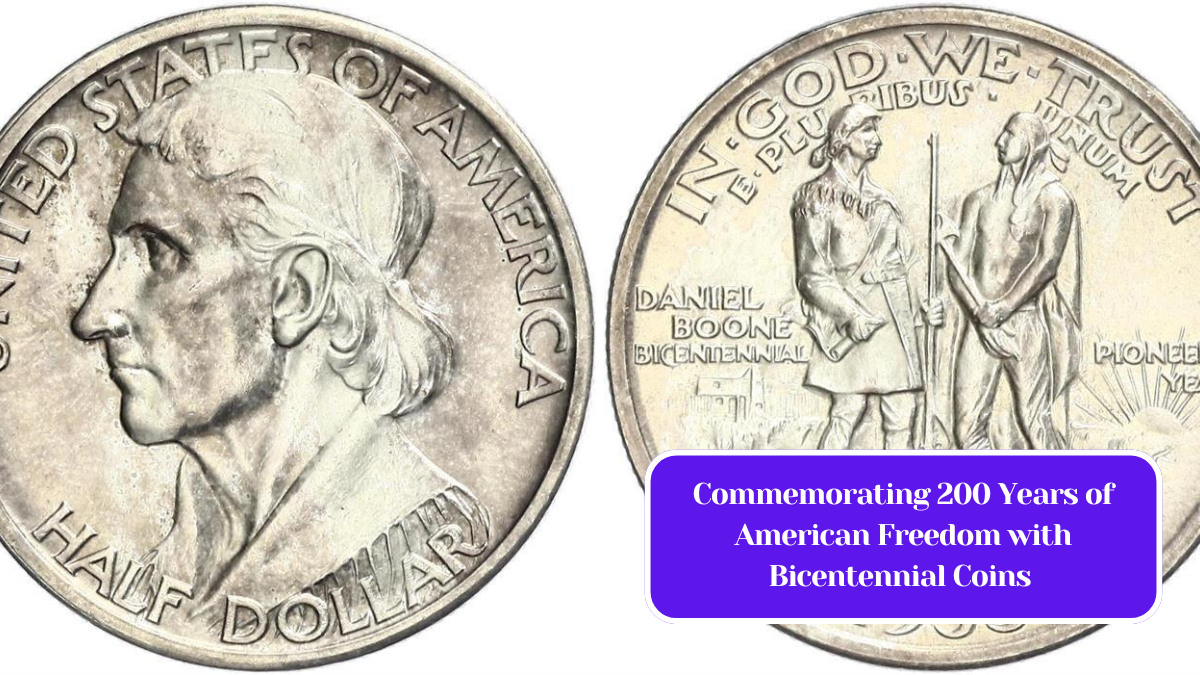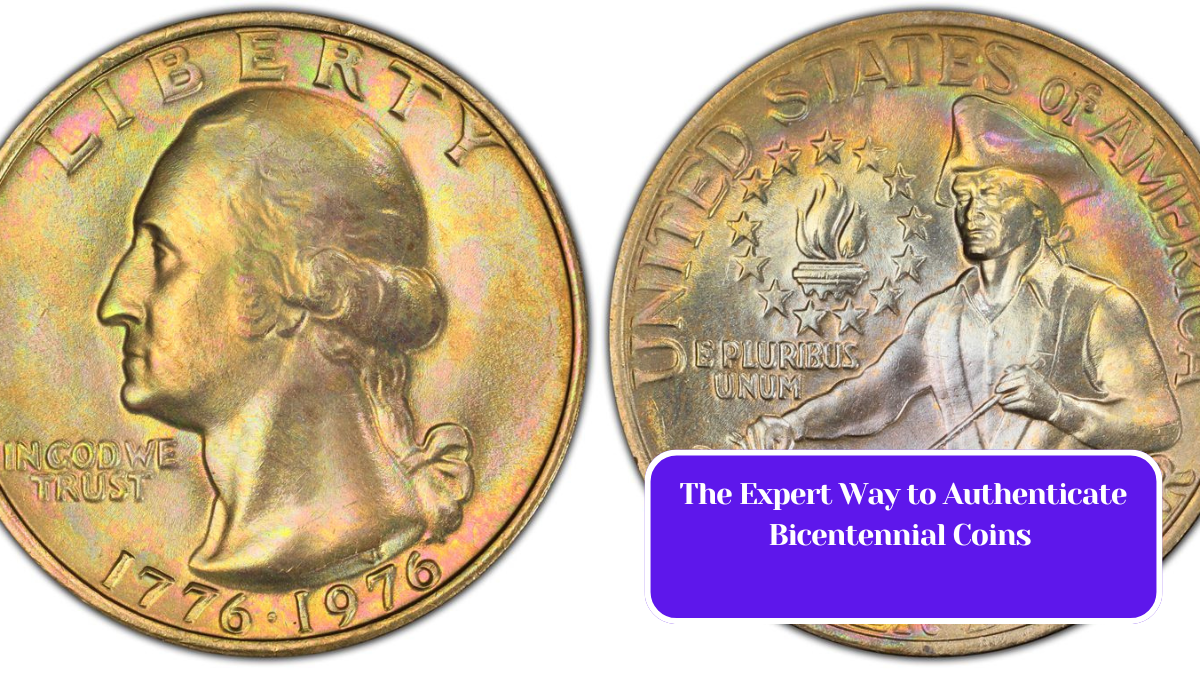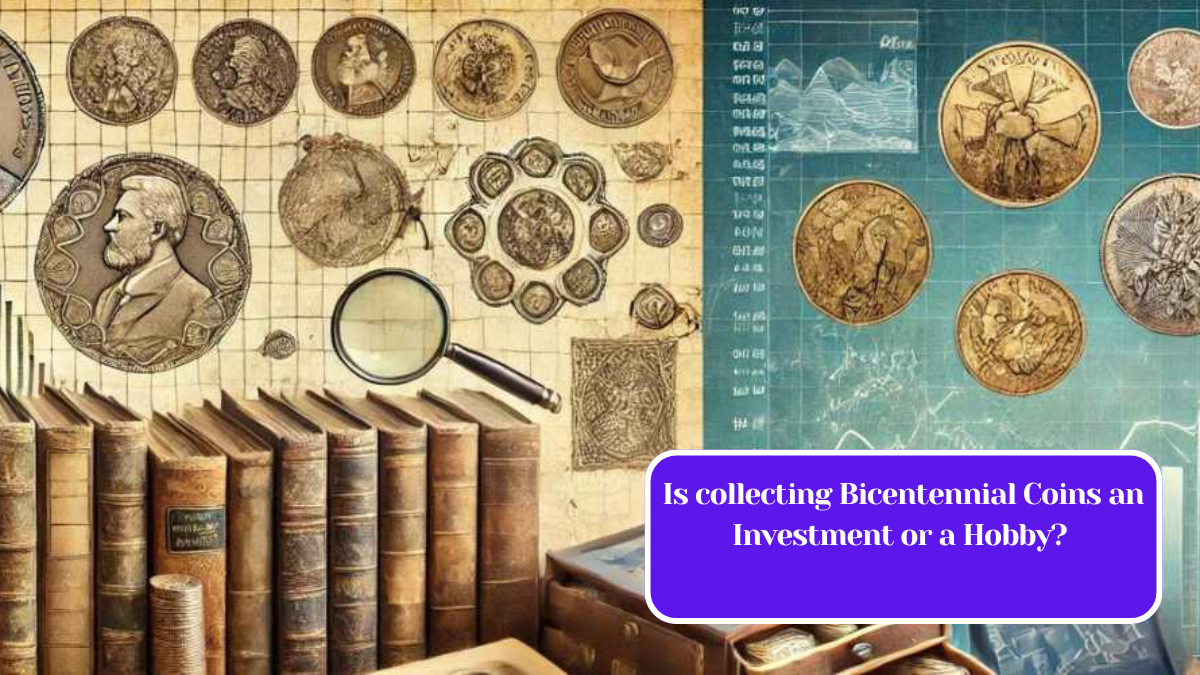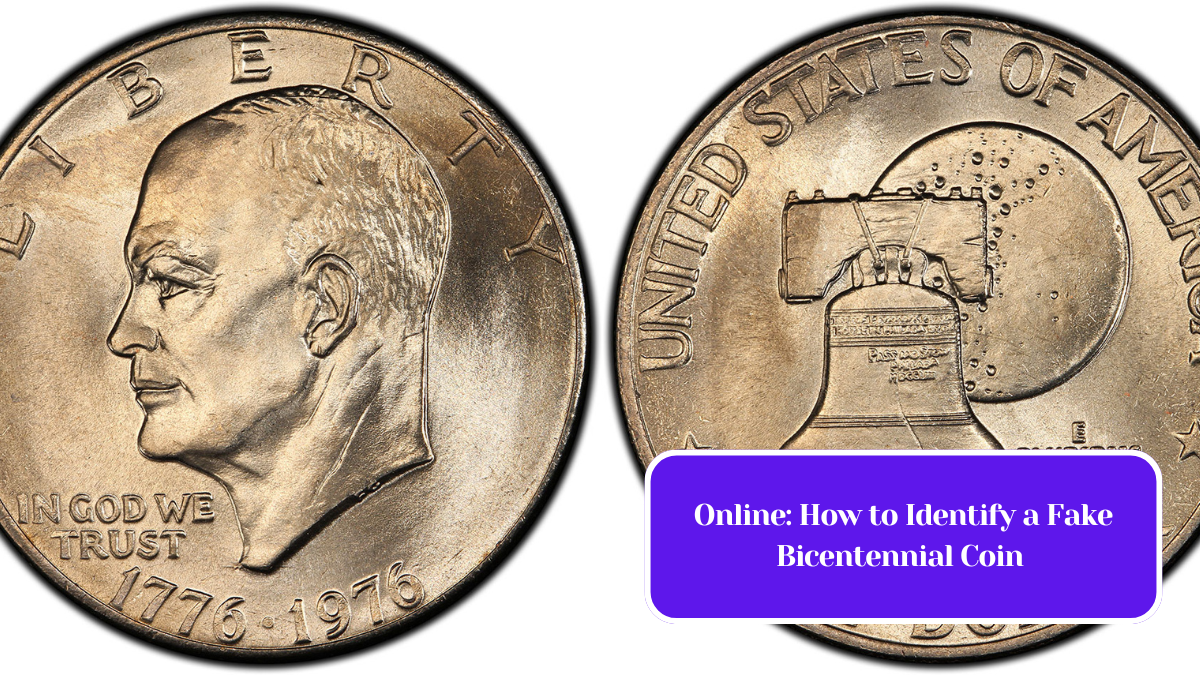The celebration of a hundred years of a nation’s currency often brings about both nostalgia and economic curiosity. In the United States, the Centennial Coinage program of 1992 served as a pivotal moment in numismatic history, offering not only commemorative designs but also a treasure trove of data regarding mint production figures. This article delves into the intricacies of these figures, exploring their significance, trends, and implications for collectors and historians alike.
Historical Context
The Centennial Coinage was introduced to celebrate the 100th anniversary of the first coin designs authorized under the Coinage Act of 1792. The program included commemorative silver dollars, clad half-dollars, and copper-nickel dollar coins, each featuring designs that harkened back to significant milestones in American history. This initiative marked a moment of reflection and celebration, aimed at both honoring the past and engaging the public in the ongoing story of U.S. coinage.
Mint Production Figures: An Overview
Mint production figures for the Centennial Coinage provide a detailed glimpse into the demand and popularity of these commemorative coins. The U.S. Mint, which operates several facilities across the country, released a variety of coins during this period. Here are some notable production figures:
- Commemorative Silver Dollars: Approximately 500,000 were struck for the 1992 Christopher Columbus Silver Dollar, reflecting the coin’s historical significance and appeal to collectors.
- Clad Half-Dollars: The mint produced around 1 million clad half-dollars, showcasing the wide interest in collecting and investing in these coins.
- Copper-Nickel Dollar Coins: With a production figure nearing 1.2 million, these coins illustrated a growing public fascination with coin collecting.
Trends in Mint Production
The mint production figures during the Centennial Coinage era reveal several key trends:
1. Increased Public Interest
The substantial production numbers indicate a resurgence in interest in coin collecting during the early 1990s. The combination of historical themes and modern minting techniques captivated both seasoned collectors and newcomers alike.
2. Impact of Commemorative Releases
The U.S. Mint’s strategy of issuing commemorative coins during significant anniversaries has consistently drawn attention. The Centennial series saw an enthusiastic response, paving the way for future commemorative programs and influencing mint production strategies.
3. Economic Implications
The production figures can also be interpreted through an economic lens. Increased coin production often correlates with economic optimism, as citizens seek to invest in tangible assets. The Centennial Coinage was no exception, as it coincided with a period of relative economic stability in the United States.
Implications for Collectors
For collectors, understanding mint production figures is crucial for assessing the rarity and potential value of specific coins. Lower production numbers often translate to higher demand, driving prices upward. The Centennial Coinage is no different, as collectors frequently seek out these pieces for their historical significance and limited availability.
Market Dynamics
The interplay between supply and demand in the numismatic market is intricate. Coins from the Centennial series with lower mintages, such as the 1992 Silver Dollar, tend to command higher premiums compared to their more abundant counterparts. Collectors often track these trends closely, utilizing production figures as a guide to making informed purchasing decisions.
The Centennial Coinage program of 1992 not only celebrated a significant milestone in American history but also provided an extensive dataset that continues to intrigue collectors and historians. The mint production figures from this period serve as a valuable resource, reflecting public interest, economic conditions, and the evolving landscape of coin collecting. As we look back on this pivotal moment in numismatic history, the insights gleaned from these figures remind us of the enduring connection between currency and culture.
